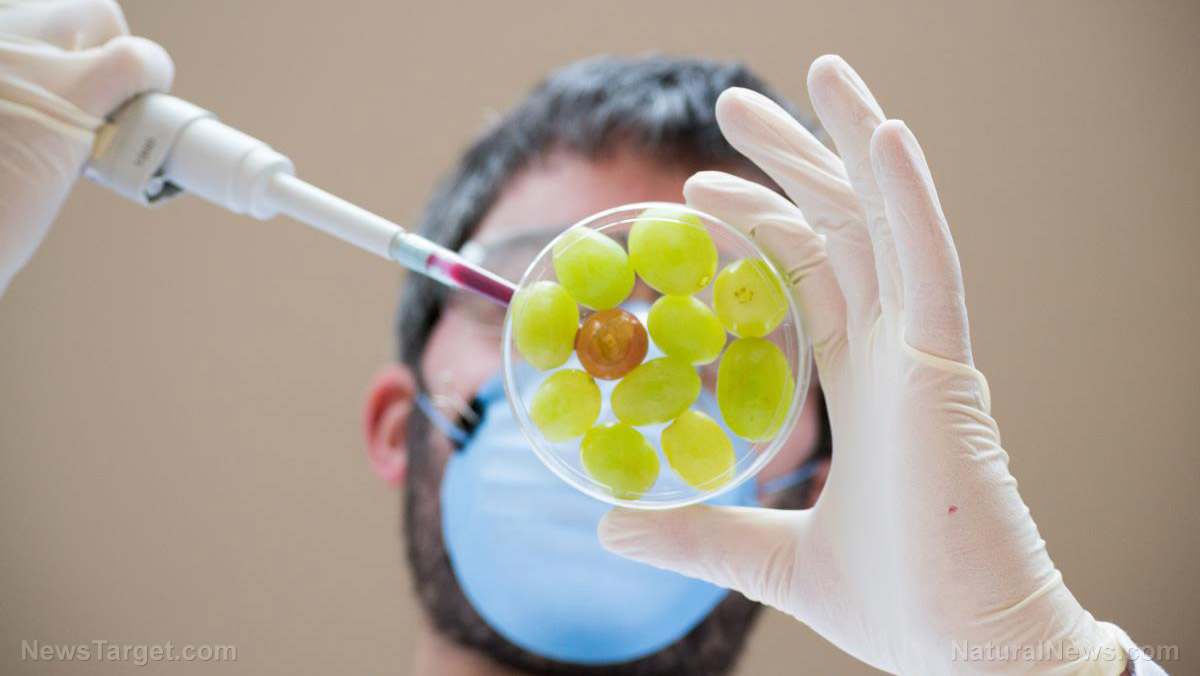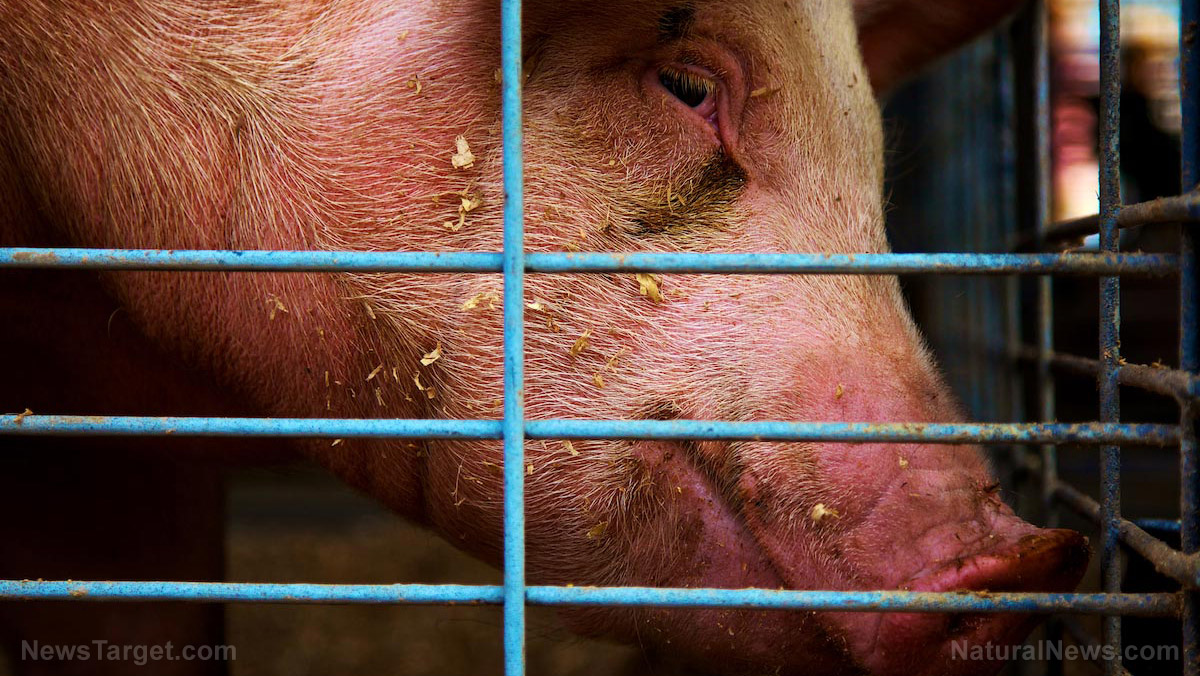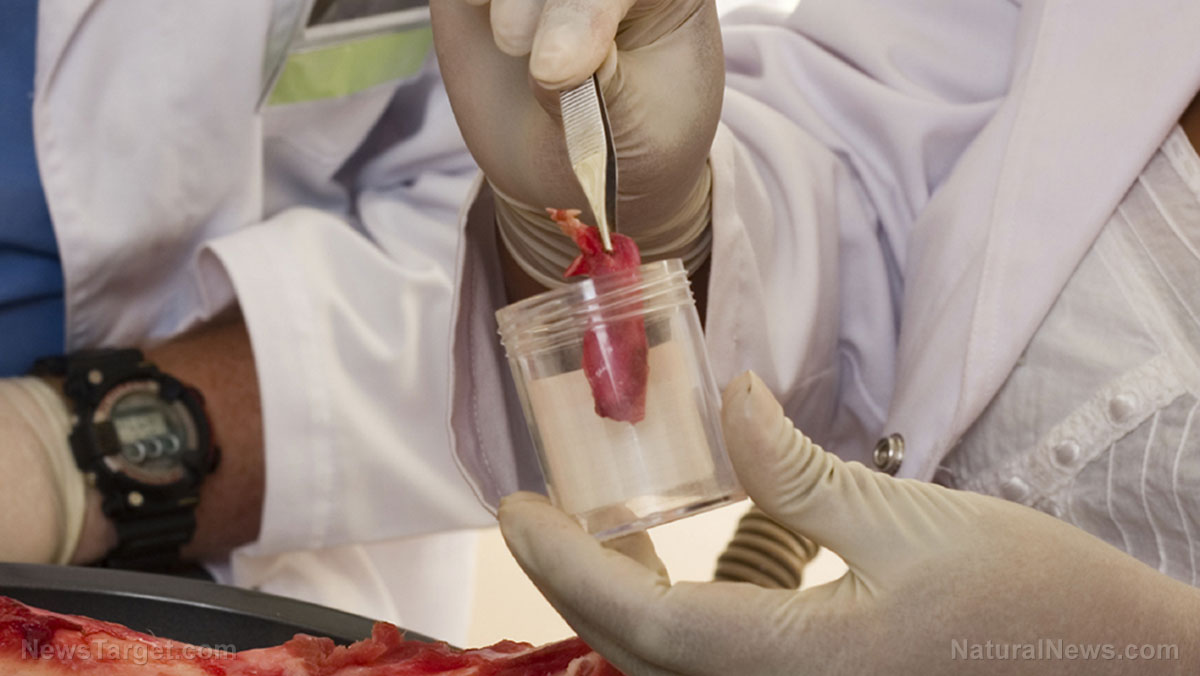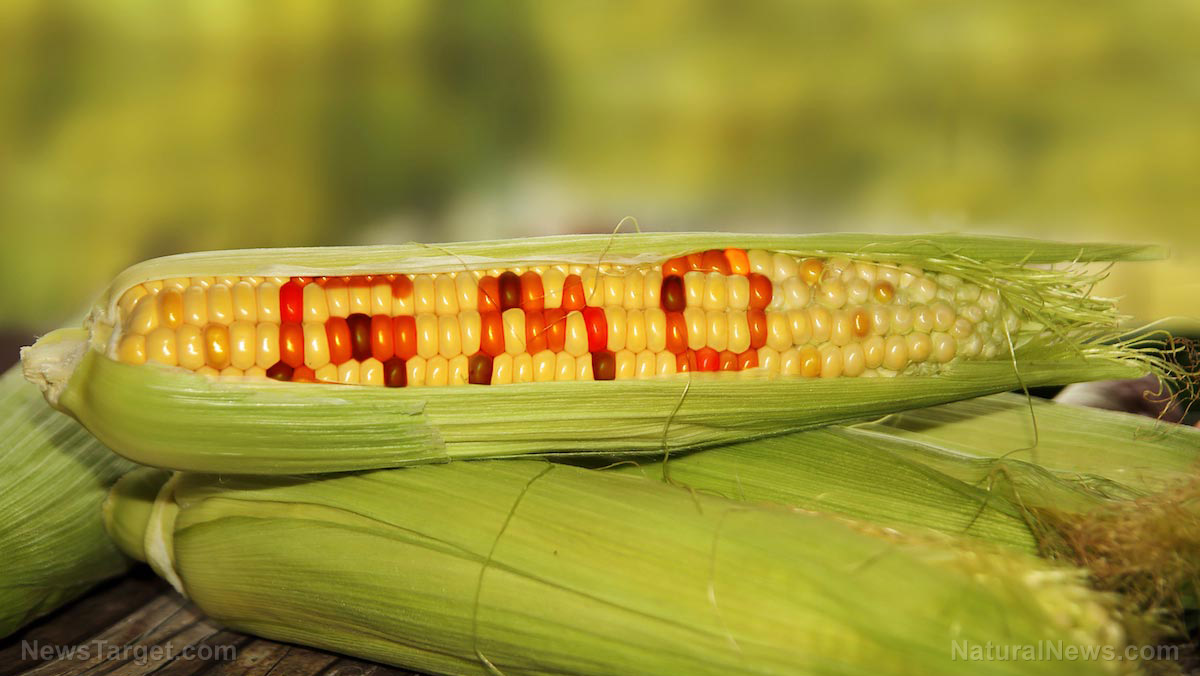Monsanto utilizing Ivy league influence to push out even more genetically modified ‘solutions’ to problems caused by GMOs in the first place
05/04/2016 / By Greg White

Scientists from Harvard University have joined forces with Monsanto to use genetic engineering to curb problems spurred by genetic engineering. If that doesn’t sound like fighting fire with fire, what does?
Proponents of genetically modified organisms (GMOs) argued that they could help reduce the use of pesticides, but history has revealed this to be anything but the case.
According to a study published by Environmental Sciences Europe, the amount of herbicides used between 1996 and 2011 increased a whopping 527 million pounds, and pesticide use increased by 404 million pounds. The overuse and misuse of herbicides and pesticides has fueled the evolutionary arms race, breeding superbugs and viruses.
A thorn in corn
Rootworm is one of the most devastating corn pest species in North America. In order to combat rootworms, Monsanto developed Bt corn. Bt corn is genetically engineered corn with genes from the bacteria bacillus thuringiensis, lethal to rootworms, inserted into it.
Although Bt corn helped reduce pesticide use when it was first introduced in 1996, several farmers and scientists have found rootworms that are resistant to it. Originally, the rootworm was resistant to only one of three different types of Bt corn, but scientists have discovered resistance to a second variety too.
In an effort to address the problem, larger refugees with non-Bt corn need to planted. In addition, different crops need to be planted each year. Rather than learn from previous mistakes, however, Harvard and Monsanto scientists are using phage-assisted continuous evolution (PACE) technology to evolve new forms of the Bt toxin to combat Bt toxin-resistance in insects.
Support our mission and enhance your own self-reliance: The laboratory-verified Organic Emergency Survival Bucket provides certified organic, high-nutrition storable food for emergency preparedness. Completely free of corn syrup, MSG, GMOs and other food toxins. Ultra-clean solution for years of food security. Learn more at the Health Ranger Store.
Typically, it takes a year to engineer Bt in the lab. With the use of PACE technology, however, Monsanto scientists will be able to manufacture it in a month. In fact, researchers already have. Harvard scientists recently produced new Bt toxins that had dozens of amino acid changes over 500 generations in a mere 22 days using PACE.
In theory, PACE would be able to develop new toxic proteins faster than bugs would be able to develop a resistance to them. The problem is this type of technology always has unintended consequences. Genetic modification helped spur Bt resistance in insects in the first place. Why think it could solve the problems that it helped create?
As these proteins evolve and become more diverse with the assistance of PACE, the researchers hope other scientists will use this technology to address problems caused by genetic engineering. It took PACE just 22 days to change 500 generations, which would on average take a decade using traditional methods.
Bt is Bs
Bt resistance among insects will not be curbed by creating even more toxic forms of Bt corn. If Monsanto really wants to address Bt resistance, then they would be well-advised to plant more diverse crops without genetic ingredients. Of course, this wouldn’t boost the efficacy of their genetically modified seeds, which contain Bt, so the biotech shills have to figure out a way to make their seeds even more potent.
Simply adding more herbicides and pesticides to crops isn’t much of an answer either. The accumulation of these chemicals has wrecked havoc on public health and the environment. Exposure to herbicides and pesticides has been linked to nerve damage, various cancers and is even driving the collapse of the bee colony.
Making Bt corn even more toxic is a short-term solution to a long-term problem, which will creative more problems than it solves. In short: Bt is Bs.
Make sure that the food that you are eating is GMO free. Find out which foods are clean and healthy, visit FoodForensics.com.
Sources include:


















